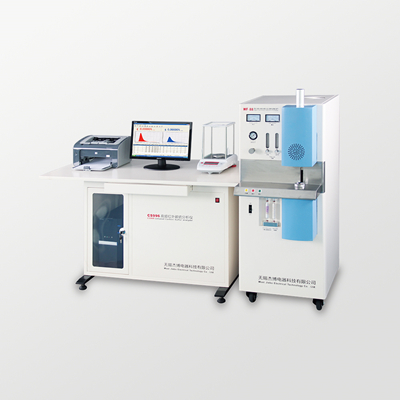Detection And Analysis Of Low Carbon
Carbon is one of the main components of steel. Carbon plays an important role in the performance of steel, and determines the important symbol of steel grade and grade. Ultra-low-carbon high-quality steels are widely used in the market, and the demand is increasing day by day. The infrared absorption method of carbon and sulfur analyzer is the most reliable method for measuring ultra-low-carbon steels. The analysis of ultra-low-carbon samples requires attention to the following points.

1. Blank value control of consumables: Control the blank value of consumables, such as flux, crucible, etc., to ensure a low and stable blank, especially the stability is very critical. Unstable blanks such as flux and crucibles can cause deviations in analysis results. The crucible was fired in a muffle furnace at 1350 ° C for 4 hours. It is then naturally cooled in an oven and then placed in a dryer to prevent water and carbon absorption.
The effect of oxygen blank and desiccant on the release curve, incomplete absorption, will greatly affect the analysis results; if necessary, use high-purity oxygen 99.999, the blank value is lower and more stable than ordinary oxygen. If possible, clean the dust traps to prevent excessive dust adsorption and desorption from causing numerical fluctuations. Also, soda asbestos and magnesium perchlorate must be normal.
2. Instrument calibration and calibration curve: For ultra-low carbon detection, we must also pay attention to the stability of the instrument itself. For the results of the analysis sample test, select a standard sample in the appropriate range for calibration.
3. Weighing of samples: Weigh the same amount of samples as much as possible, and also add the same amount of various flux reagents; the accurate weighing of the balance is consistent with the weight of the input computer, and analyze the standard material after each analysis Whether it is reproducible.
4. Stability of cell voltage: The carbon and sulfur release curve is generated according to the change of cell voltage. For ultra-low content, the change of cell voltage must be minimal.
[Pre:Impact Of Optical Emission Spectrometer Continuous Excitation On The Spark Standing Heating]
